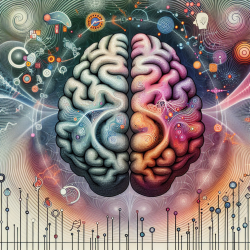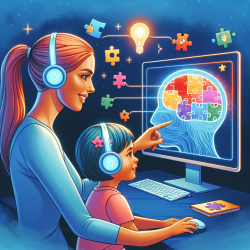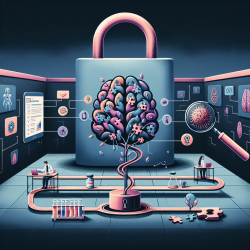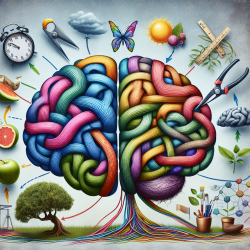Understanding Brain Development Through EEG Complexity
The transition from childhood to adolescence is a critical period marked by significant changes in brain structure and function. Recent research by van Noordt and Willoughby (2021) provides fascinating insights into how these changes are reflected in the complexity of resting-state EEG signals. This blog will explore how these findings can inform and enhance therapeutic practices, particularly in speech-language pathology.
The Science Behind EEG Complexity
EEG, or electroencephalogram, is a tool used to measure electrical activity in the brain. The study in question focused on multiscale entropy (MSE), a measure of signal complexity, in a large cross-sectional sample of children and adolescents aged 9-16 years. The findings revealed consistent age-dependent increases in EEG complexity, particularly between late childhood and adolescence, with the most significant changes observed in fronto-central scalp regions.
These changes suggest that as children transition into adolescence, their brain networks undergo significant reorganization, leading to increased complexity in neural dynamics. This complexity is crucial for the brain's ability to process information and adapt to new challenges.
Implications for Practitioners
For practitioners, understanding these developmental changes can be transformative. Here are some ways to incorporate these insights into your practice:
- Tailor Interventions: By recognizing the stages of brain maturation, practitioners can design interventions that align with the child's developmental stage, ensuring more effective outcomes.
- Monitor Progress: EEG complexity can serve as a biomarker for tracking cognitive and neural development, allowing practitioners to adjust therapeutic strategies based on objective data.
- Enhance Engagement: Understanding the brain's increasing complexity can help in creating more engaging and challenging activities that promote cognitive growth.
Encouraging Further Research
While this study provides valuable insights, it also opens the door for further research. Practitioners are encouraged to explore the following areas:
- Longitudinal Studies: Investigate how EEG complexity continues to evolve into adulthood and its implications for lifelong learning and adaptation.
- Cross-Disciplinary Research: Collaborate with neuroscientists to explore how these findings can be integrated into various therapeutic practices.
- Individual Differences: Examine how individual variability in EEG complexity relates to differences in cognitive and behavioral outcomes.
Conclusion
The study by van Noordt and Willoughby (2021) highlights the importance of understanding brain development through the lens of EEG complexity. By incorporating these insights into practice, practitioners can enhance their therapeutic approaches, leading to better outcomes for children and adolescents. To delve deeper into this research, you can access the original paper: Cortical maturation from childhood to adolescence is reflected in resting state EEG signal complexity.










